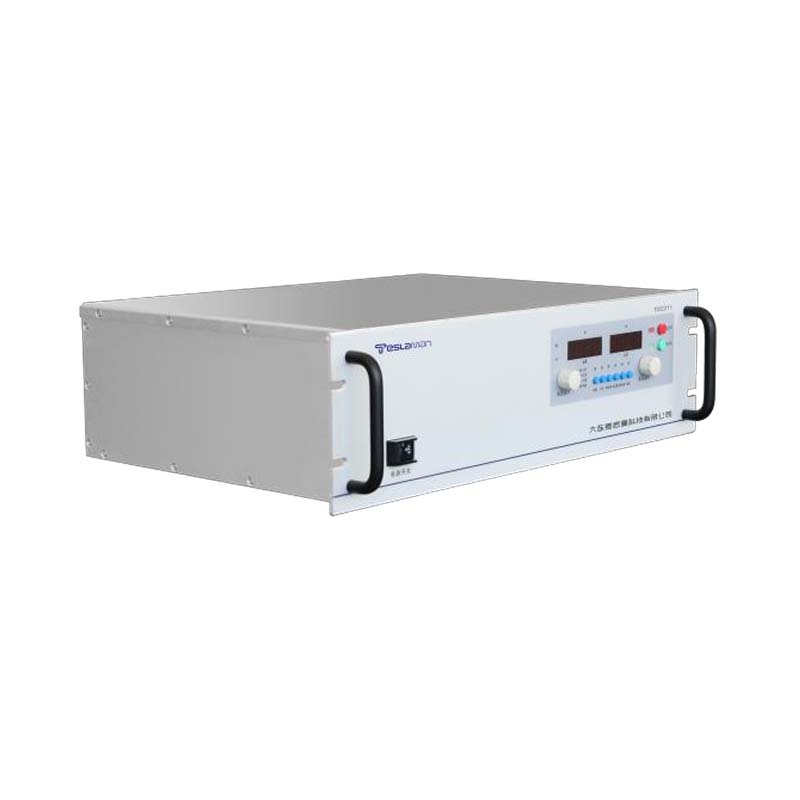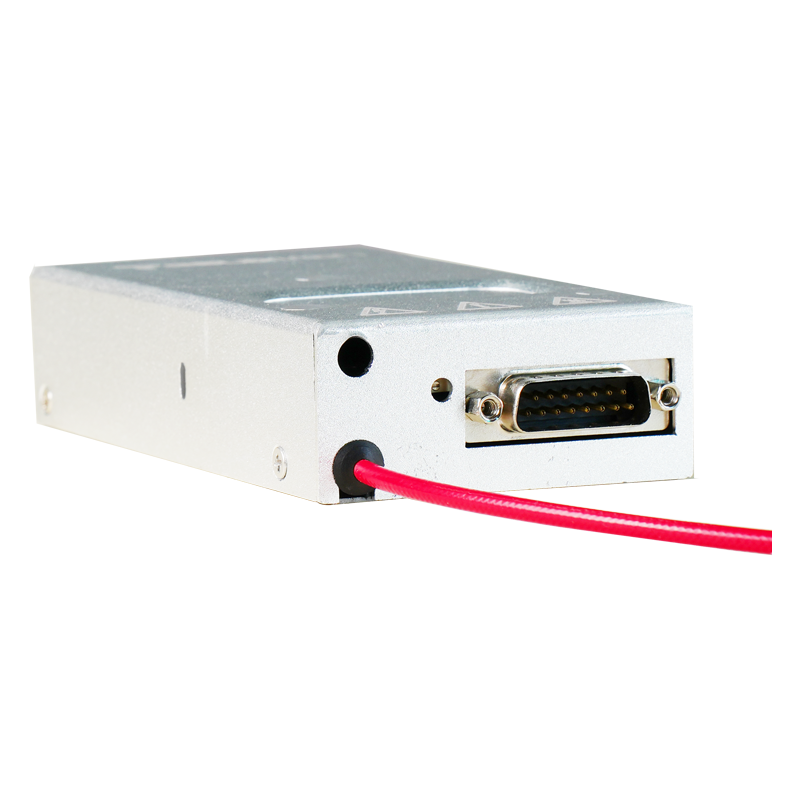Thermal Optimization: Core Technology for Enhancing Power Supply Stability in Scanning Electron Microscopes
Scanning Electron Microscopes (SEMs), capable of achieving resolutions below 1 nanometer, are central to materials science. However, their power supplies generate significant heat during operation, leading to component drift, reduced lifespan, and even image distortion. Thermal management thus becomes a critical factor in ensuring SEM precision, requiring innovation across three dimensions: thermal design theory, material selection, and system integration.
1. Thermal Design Theory and SEM Power Supply Specificity
SEM power supply cooling must balance the dual constraints of high-vacuum environments and low electromagnetic interference. In vacuum chambers (typically maintained at 10⁻⁷ Pa), conventional convection cooling is ineffective, leaving thermal conduction and radiation as the primary heat dissipation pathways. Simultaneously, electromagnetic noise from the power supply can disrupt electron beam trajectories, necessitating cooling solutions that avoid introducing additional interference.
Heat Flux Density-Oriented Design: According to thermal management standards, forced air cooling is required when power density exceeds 0.122 W/cm³, while liquid or evaporative cooling is needed beyond 0.43 W/cm³. SEM power supplies, trending toward miniaturization, often operate near these thresholds, requiring precise thermal simulation to define cooling methods.
Thermal Resistance Minimization: Internally, a graded heat layout is adopted: low-heat components are placed upstream in airflow channels, while high-heat elements (e.g., power transistors, rectifier bridges) are positioned near exhaust vents and directly connected to heat sinks to shorten thermal pathways.
2. Key Technical Approaches for Thermal Optimization
1. Advanced Thermal Materials and Structures
Metal Core PCBs (MCPCBs): Using aluminum or copper substrates instead of traditional FR-4 PCBs improves thermal conductivity by 5–8 times. High-power devices are soldered directly onto the metal base, transferring heat to the enclosure.
Phase-Change Materials and Heat Pipes: Miniature heat pipes embedded at critical hotspots utilize working fluids (e.g., deionized water) for efficient heat transfer, with experiments showing minimal thermal resistance at 40% fill ratios. Phase-change materials (e.g., paraffin-based composites) absorb transient thermal spikes, preventing localized overheating.
2. Intelligent Air and Liquid Cooling Systems
Directed Airflow Channel Design: Perforated heat sinks paired with fans align blade orientation with airflow to minimize turbulence. Fan speeds are dynamically adjusted via temperature sensors, balancing cooling and noise reduction.
Sealed Liquid Cooling Loops: For kilowatt-level power modules, coolant (e.g., glycol-water solution) circulates through cold plates to absorb heat, which is then dissipated via external radiators. Systems include flow monitoring and anti-leakage designs to prevent condensation-induced short circuits.
3. Radiation Enhancement and Interface Optimization
Surface Treatment Technologies: Anodizing and black coating of heat sinks increase emissivity from 0.1 to 0.9, significantly boosting radiative cooling.
Micro-Interface Thermal Materials: Thermal pastes or graphene pads filled between components and heat sinks reduce contact resistance by 20–35%. Mounting pressure must be precisely controlled to avoid substrate deformation.
3. System Integration and Intelligent Monitoring
Thermal design must synergize with the power supply’s overall architecture:
Thermal-Electrical Coupling Simulation: During design, simulate temperature distribution under peak loads to optimize component placement and heat paths. For example, isolating magnetic components (transformers, inductors) from heat sinks minimizes thermo-magnetic interference.
Closed-Loop Multi-Parameter Control: Integrated temperature sensors (e.g., PT1000) and current monitors enable real-time cooling adjustments. If the temperature gradient exceeds 14°C (the inlet/outlet threshold), liquid pump flow or fan speeds are automatically increased.
Conclusion
Thermal optimization for SEM power supplies is an interdisciplinary endeavor, integrating thermodynamics, materials science, and electronics engineering. Future advancements in nano-cooling technologies (e.g., microchannel jet cooling) and intelligent algorithms (e.g., neural network-based thermal control) will further enhance efficiency, underpinning the evolution of ultra-high-resolution SEMs. Only by treating thermal management as equally critical as circuit design can we fully unlock the potential of electron microscopy in the nanoworld.




















